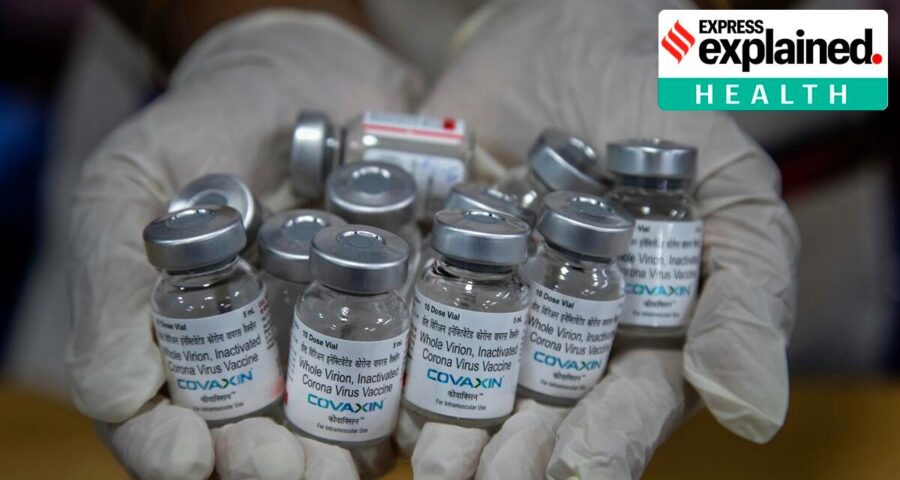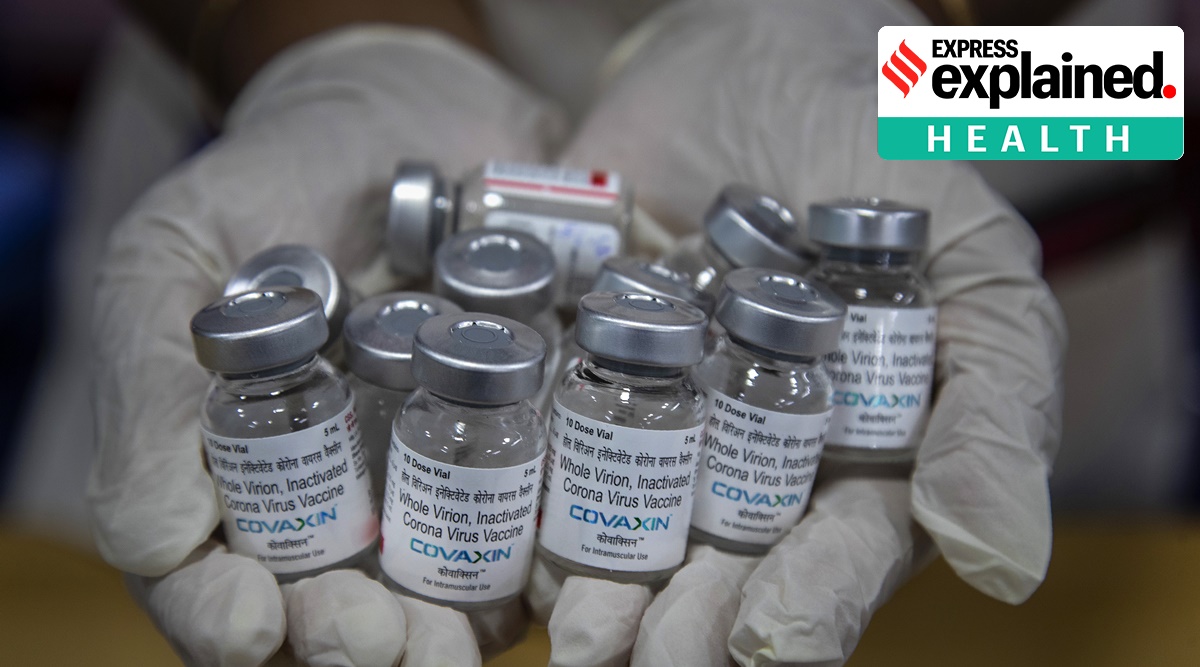The trial is expected to study aspects like the safety of the vaccine in this age group, the kinds of adverse reactions it causes as well as the vaccine's ability to prompt an immune response.
India has given Bharat Biotech permission to test Covaxin in children, marking an important milestone in the Covid-19 vaccine’s development.
What is Covaxin?
One of the two Covid-19 vaccines used in India’s mass immunisation exercise against the virus, Covaxin has been developed by Hyderabad-headquartered vaccine-maker Bharat Biotech in collaboration with the government’s Indian Council of Medical Research (ICMR).
It is an ‘inactivated’ vaccine — one that uses the killed SARS-COV-2 virus to help improve a person’s immune response to the virus, which has to date infected more than 2.3 crore people in India and killed nearly 2.6 lakh patients, according to official statistics.
So far, Covaxin has been approved for use in those above 18 years of age, while its safety and ability to prompt an immune response is being tested in those aged 12 years to 65 years.
What is the latest development?
The Drugs Controller General of India (DCGI), the head of the country’s top drug regulatory body, has given Bharat Biotech permission to conduct a phase 2/3 clinical trial of Covaxin in those between 2 years and 18 years of age. The approval follows the recommendation of a Subject Expert Committee on May 12 to grant such permission.
How will this work?
The trial will be conducted in 525 healthy volunteers at different sites across the country. These sites are expected to include AIIMS, Delhi and AIIMS, Patna as well as the Meditrina Institute of Medical Sciences in Nagpur.
The trial is expected to study aspects like the safety of the vaccine in this age group, the kinds of adverse reactions it causes as well as the vaccine’s ability to prompt an immune response.
The vaccine will be administered by intramuscular route in two doses 28 days apart.
Source: Read Full Article


